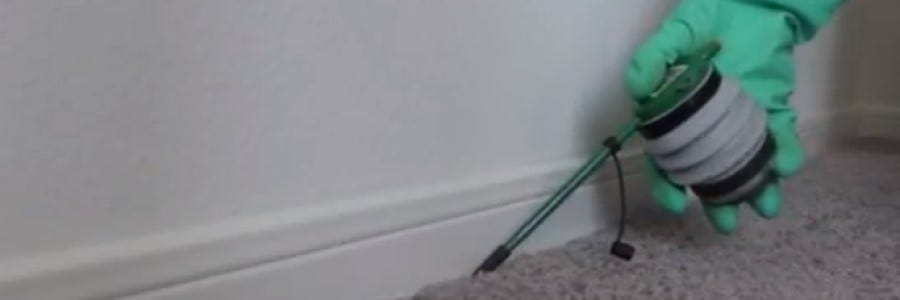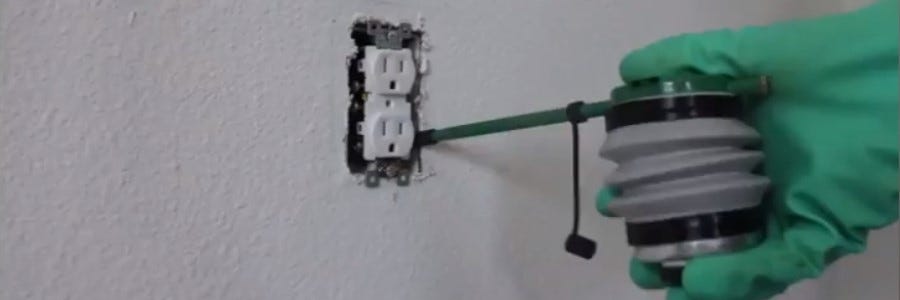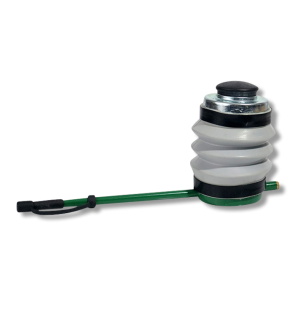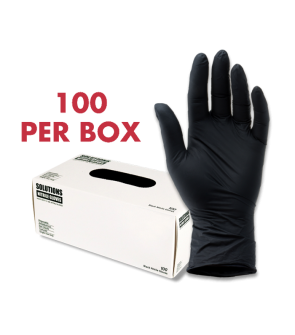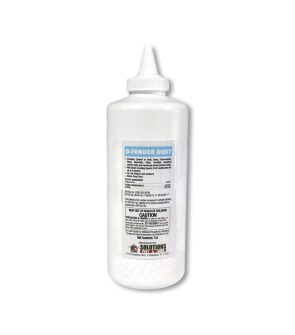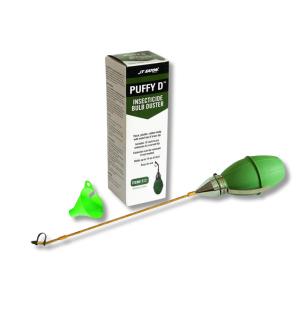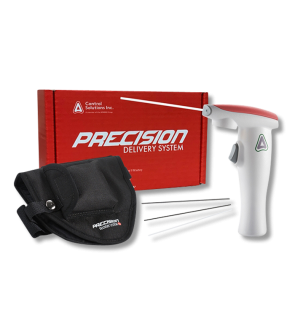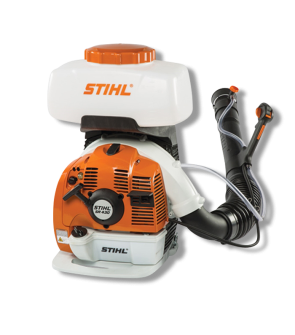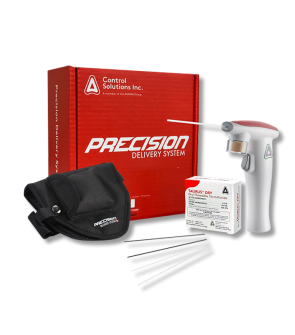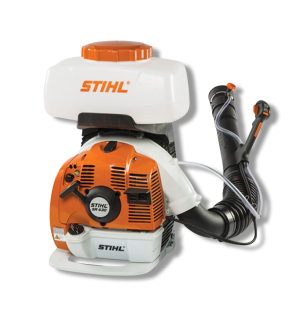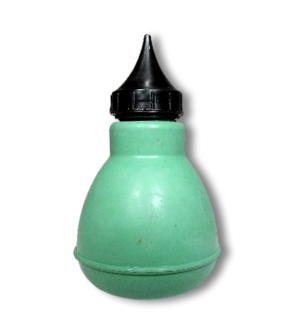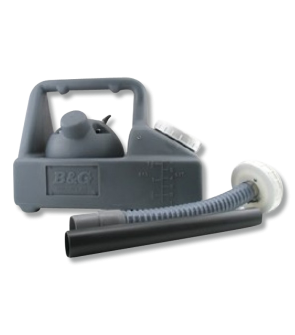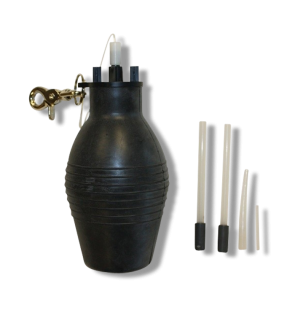Gain access to personalized product screening, the best pricing, rewards, and more!
Most Effective Products
The Best Pesticide Dusters
A duster is an applicator for pesticide dust and an important tool in your arsenal when combatting household pests. Dusters allow for more precise, controlled applications of pesticide dust than simply applying dust directly by hand. Pesticide dusts supplement other treatments such as sprays or traps. They have a long residual effect and are ideal for treating places where liquid sprays would be inappropriate, such as light socket voids.
Dusters are either pump-based, powered by a movement of the applicator's hand, or electric. To use a duster, fill the reservoir about two-thirds full with dust and direct the delivery spout where you’d like to apply dust. Contact us if you cannot find the information below; we’re here to help.
Recommendation
At Solutions Pest & Lawn, our go-to duster is the JT Eaton Handheld Duster. It is pump-based and easy to use. It is sturdy enough for professional work but great for home use as well. We recommend using D-Fender Dust with this duster. It’s a great, broad-spectrum insecticide with a strong residual effect.
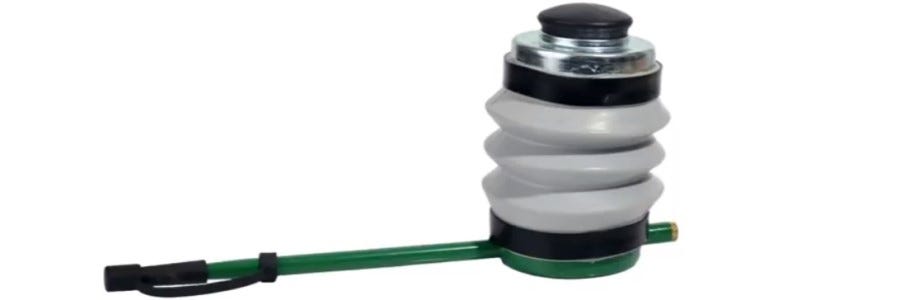
User Guide
Step 1: Fill the Duster
Remove the metal cap from the reservoir and fill the duster with your chosen insecticide dust. Do not fill the reservoir more than two-thirds full. Any more than that will increase the risk of clogs and blockages.

Step 2: Dust
Direct the delivery spout where you intend to treat, such as inside cracks or crevices, under kitchen appliances, along baseboards at the edge of carpeting, or in wall voids. Squeeze the reservoir to apply. You’re looking to apply an extremely thin layer of dust. If you can see a visible dust residue, you’ve applied a little too much. When applied correctly, you should only see very small, residual clouds of dust form outside of trouble spots.
Step 3: Spot Clean
If you have overapplied, wipe up the excess product with a wet paper towel. Repeat the steps as needed until dusting is complete. Dispose of paper towels in the trash. Do not wash insecticide dust remnants down any drain.
Inspection and Maintenance
Visual Inspection
Give your duster a visual inspection before use, looking for signs of obvious damage or any moisture that may have found its way into the reservoir. Checking the duster before each use is adequate to ensure proper operation.
Storage
When not in use, store the unit in a cool, dry place. If too much insecticide dust is loaded, it may be stored in the unit for future use. The JT Eaton Handheld Duster comes with a small rubber cap that covers the end of the delivery spout to prevent moisture from entering the reservoir or accidental dust leakage during storage or transportation. If you wish to switch up the dust you are using, the unit must be rinsed out with water and left to dry completely before loading new dust.
Dealing With a Clog
In rare cases, the insecticide dust may clog the delivery spout. This is often due to moisture being allowed to enter the reservoir or clumps forming in the insecticidal dust.
The JT Eaton Handheld Duster comes with a ball bearing housed in the reservoir that will break up any clumps in the dust when the duster is shaken. This duster also has an attached tool to unclog the spout. A metal rod rests in a slot in the back of the unit. Pull this rod out to push the clog through the delivery spout.
Parts
The JT Eaton Handheld Duster is designed with an internal spring system, a dust reservoir, a 6.5-inch-long delivery spout, and a plastic end cap.
Internal Spring System
The greatest feature of our recommended duster is its internal spring system. The applicator can apply dust while holding the duster at any angle, right way, sideways, or even upside down. This increases the maneuverability and rate of application.
Reservoir
The reservoir is toward the back of the delivery spout. It holds insecticide dust until the applicator is ready to apply it.
Delivery Spout
A feature of the JT Eaton Handheld Duster is its long delivery spout (about 6.5 inches). This allows you to reach deep into cracks, crevices, or under large appliances, sending the dust where you want it and nowhere else.
Plastic End Cap
The plastic end cap covers the end of the delivery spout and can be removed if needed in case of a blockage. It prevents leakage while moving the duster and insulates the device's durable steel construction, allowing it to be used safely on electrical outlet voids, for instance.
Key takeaways
- Pesticide Dusters are an excellent piece of pest control equipment because they allow better precision and more control of the application of pesticide dust for effective results.
- The biggest concern with dusters is keeping them dry. Our top recommendation for Pesticide Dusters is the JT Eaton Handheld Duster, which comes with a rubber cover for the delivery spout that greatly protects against moisture entering the unit.
- Pesticide Dusters are easy to use and can be applied in hard-to-reach areas where pests like to hide.







